It's been almost a decade since China introduced the National Low-carbon Day in 2013. The country announced at the General Debate of the 75th Session of the United Nations General Assembly (UNGA) on September 22, 2020 that it would aim to peak carbon dioxide emissions before 2030 and achieve carbon neutrality by 2060.
In an effort to peak carbon emission and achieve carbon neutrality, China has sped up the production of clean energy sources in recent years and has ranked first in the world in installed offshore wind power capacity, showed statistics released by the Ministry of Natural Resources.
More than 16.9 million kilowatts of new offshore wind power capacity were connected to the grid in 2021 in China, 4.5 times more than the number in 2020. In addition, nearly 60 percent of China's electricity consumption growth in the first four months of this year comes from new energy generation.
In 2022, the country boosted the storage of new energy and hydrogen by launching numerous major projects, including large-scale wind power photovoltaic bases and advanced nuclear power plants.
By April, the national installed power generation capacity of non-fossil energy reached 1.15 billion kilowatts, up 14.5 percent year on year, with the installed capacity of new energy power generation such as wind power and solar power growing by 20.5 percent year on year.
01:22
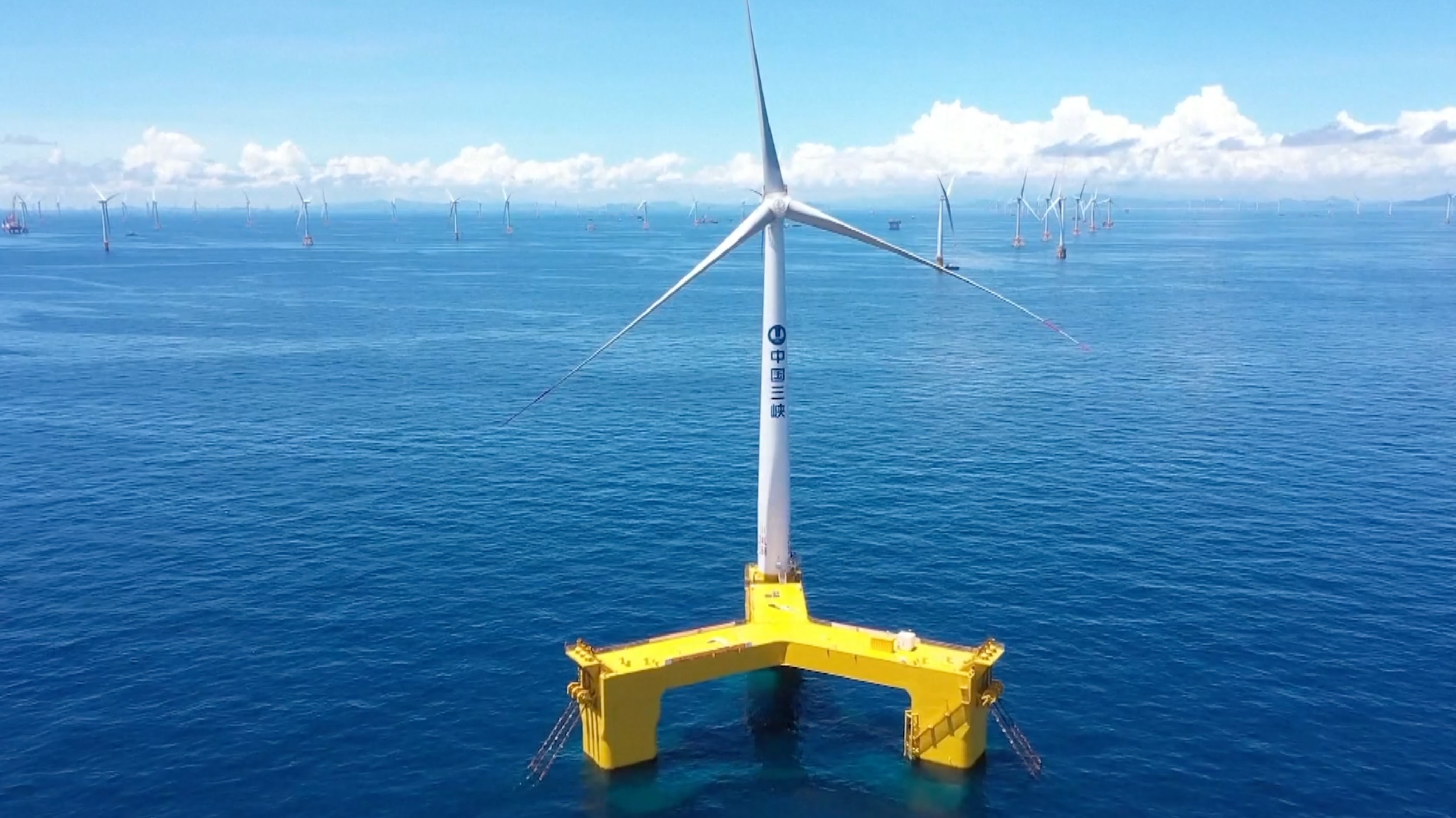
Key giant projects of clean energy
China's first gigawatt-scale offshore wind farm, Shapa offshore wind project, which was put into operation last year, generated more than one billion kilowatt-hours in March 2022, offsetting around 279,050 tonnes of standard coal.
Located in the sea off Yangjiang City in south China's Guangdong Province, the Shapa project was connected to the grid at full capacity on December 25, 2021. With a total installed capacity of 2 gigawatts, the project can provide 5.6 billion kilowatt-hours of clean electricity for the Guangdong-Hong Kong-Macao Greater Bay Area annually.
Read More:
China's first gigawatt-scale wind project's output tops 1 billion kWh
00:51
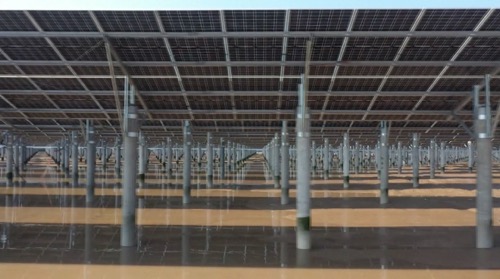
China's first hybrid energy power station utilizing solar and tidal power to generate electricity became fully operational on May 30, 2022, in Wenling City of east China's Zhejiang Province.
The project marks the country's latest approach toward harnessing two green energy sources in a complementary manner for power generation.
With an installed capacity of 100 megawatts, the power plant ensures more stability for the utilization of renewable energy. Since solar energy supply is intermittent and unavailable when the sun goes down, tidal waves could replace it by supplying power during the night. Moon's gravity causes tides in the oceans.
Read More:
China's first solar-tidal photovoltaic power plant fully operational
00:47
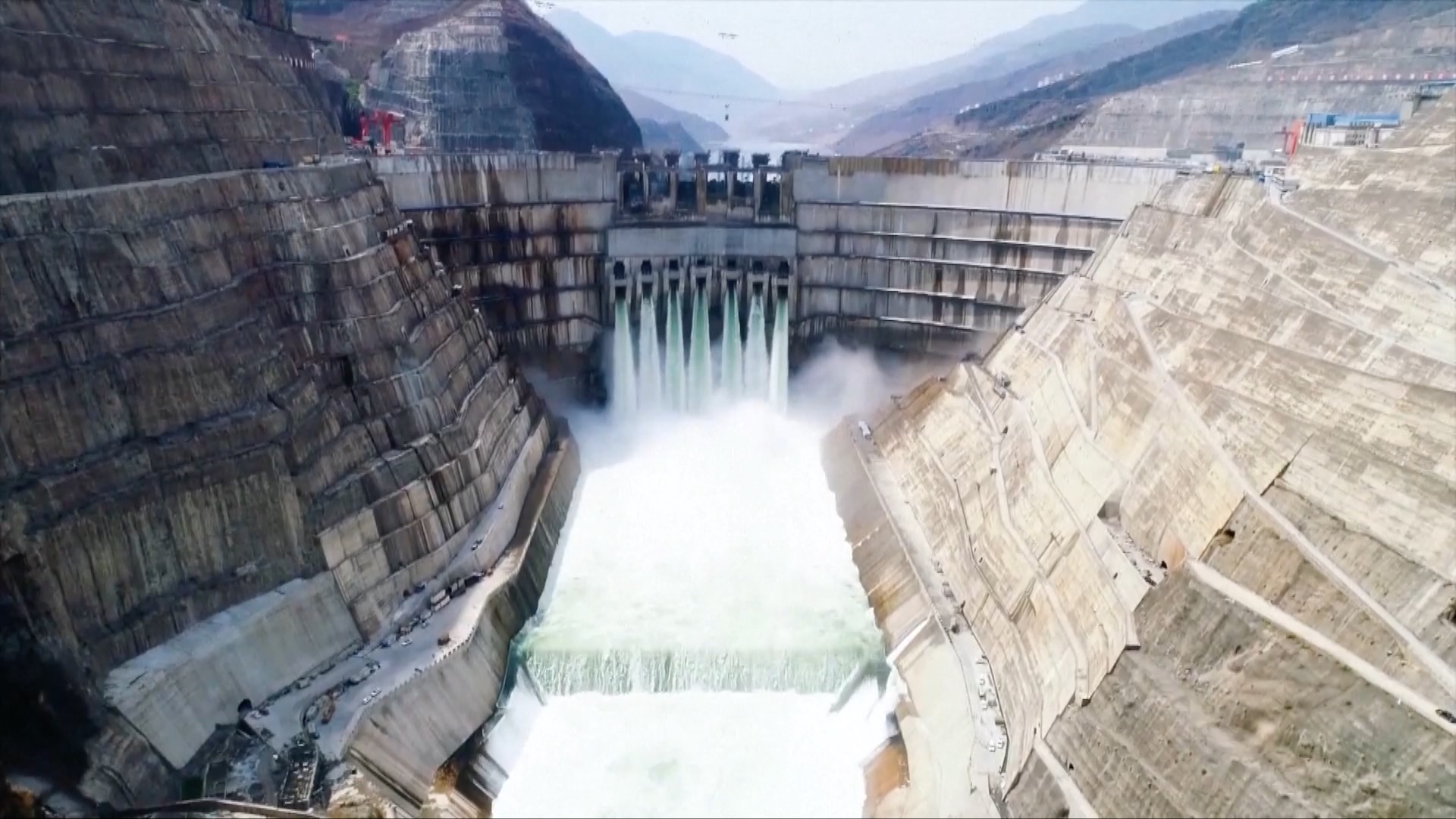
The cumulative power generation of six hydropower stations on the mainstream of China's Yangtze River has exceeded three trillion kilowatt-hours (kWh) of electricity, preventing millions of tonnes of carbon dioxide emissions, according to a report released by the China Three Gorges Corporation last month.
The Baihetan, together with Wudongde, Xiluodu, Xiangjiaba, Gezhouba hydropower stations and the Three Gorges Dam on the mainstream of the Yangtze River have formed the world's largest clean energy corridor, said the report.
Read More:
World's largest clean energy corridor generates 3 trillion kWh power
In addition, an energy company located in Yulin City of northwest China's Shaanxi Province is also accelerating high-end coal chemical industry, intelligent transformation and the construction of new energy base.
Zhou Yongtao, deputy general manager of CNH Energy Yulin Chemical Co., Ltd., told China Media Group (CMG) that "we actively explore green electricity, green hydrogen, green oxygen, carbon dioxide hydrogenation coupling to methanol and degradable plastics project in order to build a high-end, diversified and low-carbon industry."
Meanwhile, construction of research and development test base of Ulanqab "source-network-load-storage integration" demonstration project in north China's Inner Mongolia Autonomous Region is also in full swing now.
The test base has set up seven energy storage technology verification platforms, including China's first solid-state lithium-ion battery storage power station and the first three-megawatt sodium ion battery demonstration power station, alongside with an energy storage technology testing laboratory and an large-scale new energy access simulation verification laboratory.
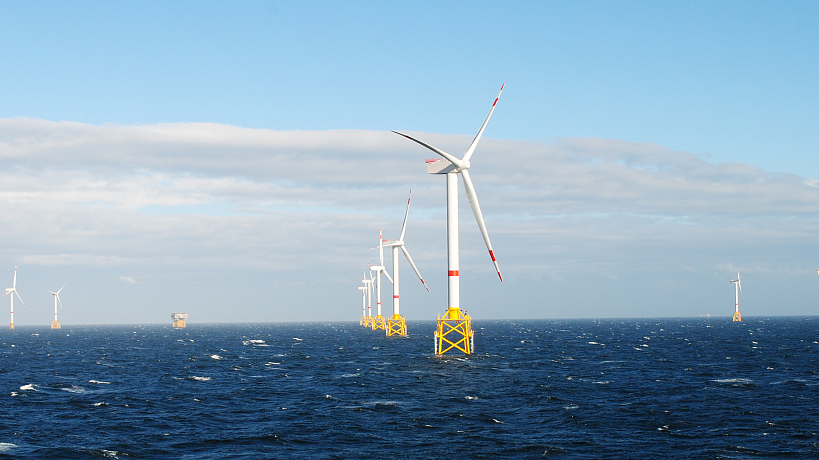
China's power generation through renewable energy sources from 2021 to 2025 will account for over half of the country's total electricity consumption over the five-year period. /CFP
China's power generation through renewable energy sources from 2021 to 2025 will account for over half of the country's total electricity consumption over the five-year period. /CFP
Future blueprint of new energy
According to a plan jointly released by nine Chinese government organs, including the National Development and Reform Commission (NDRC), China's top economic planner, China's power generation from renewable energy sources will account for over half of the country's total electricity consumption from 2021 to 2025, equivalent to saving a billion tonnes of standard coal.
During the country's 14th Five-Year Plan (2021-2025), the country's annual power generation from renewable energy sources will reach 3.3 trillion kilowatt-hours.
The plan also outlines developmental strategies for renewables such as wind, solar, biomass and geothermal energy and for promoting the use of green hydrogen in sectors such as chemical production, coal mining and transportation.
China will expedite the construction of storage facilities and upgrade its power grids to feature intelligent functions, facilitating clean energy development.
Liu Manping, a senior economist of the Price Monitoring Center of the National Development and Reform Commission, told CMG that "the energy sector is the main battlefield in promoting green and low-carbon development. As a result, a diversified energy supply system consisting of coal, electricity, fuel, gas and clean energy, including wind energy and solar energy, has been basically formed."
Liu further stated that China will intensify efforts to develop new energy storage, improve the regulation capacity of the energy system, and promote the digital transformation and reform of the energy system in the near future.
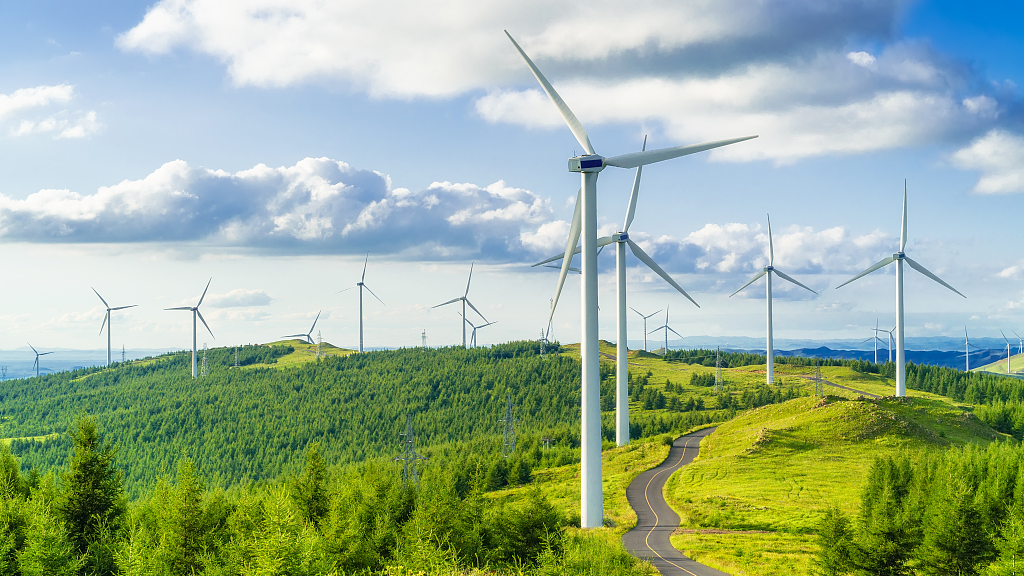
China's annual power generation from renewable energy sources will reach 3.3 trillion kWh by 2025. /CFP
China's annual power generation from renewable energy sources will reach 3.3 trillion kWh by 2025. /CFP
National Low-carbon Day
China introduced the National Low-carbon Day in 2013, aiming to promote awareness about climate change and low-carbon development policies, encourage public participation and facilitate the country's commitment to reducing greenhouse gas emissions, according to the State Council.
The National Low-carbon Day falls on the third day of the National Energy Efficiency Promotion Week in June every year, and this year marks the country's 10th National Low-carbon Day.
With unremitting endeavors of nearly 10 years, China is well on track to achieve the low-carbon goals with fresh move to cut greenhouse gas emissions in the world's second-largest economy.

